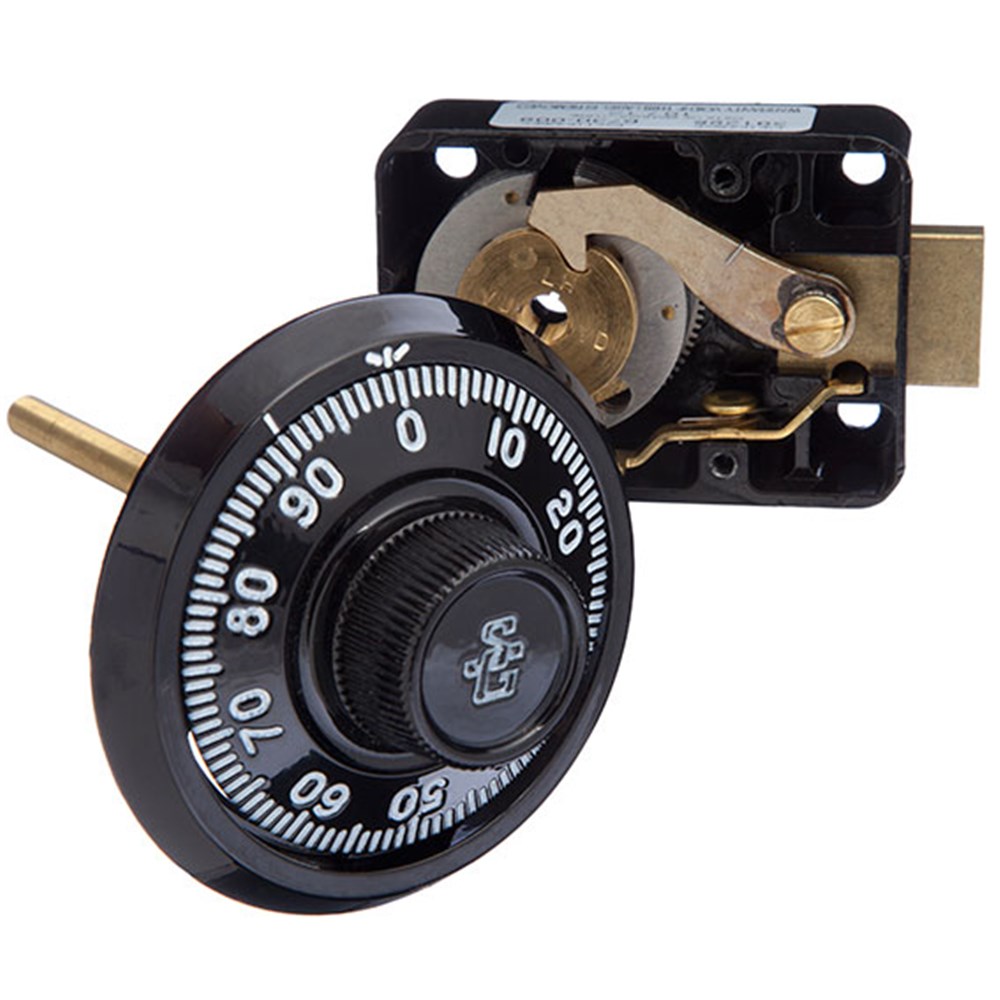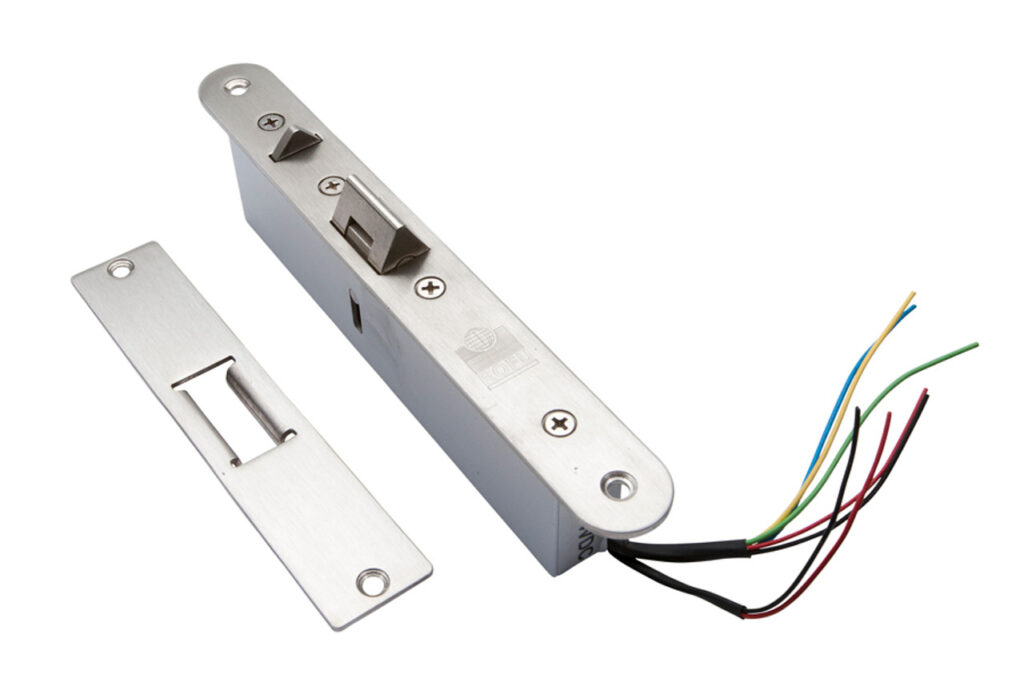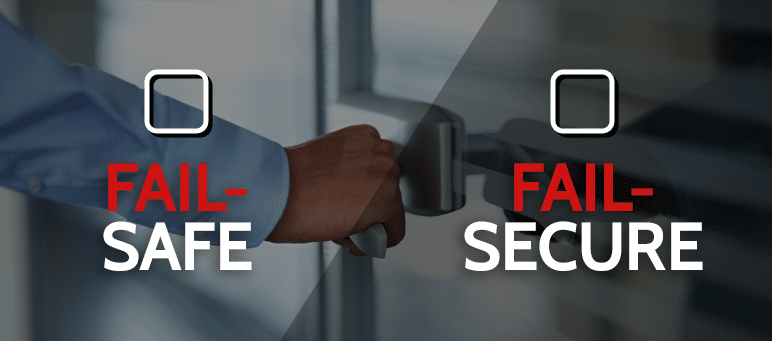Fail Safe vs Fail Secure: Choosing the Right Lock for Your Security Needs
To understand the difference between Fail Safe vs Fail Secure is very crucial for effective access control. Fail-safe locks need the power to stay locked. They are automatically unlocked if the power goes out which allows the safe exit and makes them ideal for emergency exits and public access areas. On the other hand, fail-secure locks remain locked during power failure which provides us with consistent security for sensitive areas like data rooms and storage facilities. Consider your building’s specific safety and security needs when choosing between these options. Select the appropriate lock mechanism when you can enhance your facility’s overall security. This can ensure safe access during an emergency.
Understanding Fail-Safe Locks
Fail-safe locks are designed in such a way as to enhance your safety by requiring some power to remain locked. When power is discharged, then this lock is automatically unlocked. This feature can ensure that the insider of the vehicle can exit from the car safely and quickly. This is particularly important for the primary entrances, emergency exits, and other important points where immediate access is very necessary. Fail-safe locks help to facilitate the first evacuation. It is also important to consider that it is not ideal to secure high-value assets as they can easily be vulnerable to authorized access during power failure. Some considerations should be given in various applications to balance safety needs with security requirements.
How Fail-Safe Locks Work
Fail-safe locks work by relying on a continuous power supply to keep doors locked. When power is cut, whether due to an outage or a triggered alarm system, the lock disengages, allowing immediate egress. This functionality is essential in emergencies, ensuring that people inside can evacuate efficiently without requiring manual unlocking.

Benefits of Fail-Safe Locks
- Enhanced Safety During Emergencies: Fail-safe locks are ideal for doors where quick evacuation is necessary.
- Ease of Use for First Responders: Since fail-safe locks disengage with power loss, emergency personnel can access the premises quickly.
- Compliance with Safety Codes: Many building codes mandate fail-safe locks for emergency exits to ensure occupant safety.
Drawbacks of Fail-Safe Locks:
- Vulnerability During Power Outages: Since fail-safe locks automatically unlock when power is lost, sensitive areas could become accessible.
- Increased Energy Consumption: Maintaining constant power to keep the lock engaged can slightly increase utility costs.
- Heat Build-Up: Some fail-safe security mechanisms generate heat, which may require additional cooling in areas with high usage.
Fail-safe locks are commonly used for primary entry doors, exit doors, and stairwell doors, where emergency access is critical. However, they may not be suitable for areas containing valuable assets or confidential information due to their default unlocking feature in power loss scenarios.
Examining Fail Secure Locks
Fail-secure locks are locked even when the power goes out. This feature makes them ideal for high-security areas like data centers, server rooms, and other sensitive spaces. Only those people can access the fail secure locks with the help of the correct keys. This can ensure that these areas are secure and prevent unauthorized access even when the power is off.
Considering that these locks may pose a challenge during an emergency as the occupants are unable to exit without a manual override. Fail-safe locks can be implemented by proper emergency procedures which ensures that the staff are fully trained to use key overrides or alternative exits to maintain safety alongside security.
How Fail-Secure Locks Work
Fail-secure locks are designed to secure doors by default, requiring a pulse of electricity to unlock them. In emergencies, the lock remains engaged unless manually overridden with a key. This setup provides enhanced security and prevents unauthorized access to restricted areas.

Benefits of Fail-Secure Locks
- Protection of Sensitive Areas: Fail-secure locks prevent access to high-security areas during power failures.
- Energy Efficiency: Unlike fail-safe systems, fail-secure locks only use power when actively disengaged, helping reduce long-term electricity usage.
- Durable Components: Since fail-secure locks don’t require constant power, they tend to have a longer lifespan.
Drawbacks of Fail-Secure Locks
- Limited Emergency Exit: Fail-secure locks may pose challenges in emergencies, as they remain locked unless a key override is available.
- Manual Override Requirement: Emergency responders need access to a key for entry, which can delay access if not readily available.
- Risk of Lockouts: Fail-secure locks can make it harder for people to exit quickly if the area is locked. These are commonly found in those areas where high security is required like data centers or labs where controlling access is necessary. This may not work well in case of an emergency. It is important to install extra safety features like manual key overrides in place.
Choosing Between Fail Safe vs Fail Secure
Choosing the right type of lock requires some careful consideration for your specific security and safety needs. The fail-safe locks are ideal for areas that require priority to quick exit in case of an emergency. They are automatically unlocked when power is lost, allowing a safe path to exit the occupants. These are suitable for the main entrance and an emergency exit situation.
On the other hand, fail-secure locks provide a higher level of security by remaining locked during power failure. It makes them ideal to secure sensitive spaces such as data centers and financial institutions. It is crucial to find a balance between the safety of the occupants and the valuable assets. In many cases, combinations of both lock types can provide an additional layer of security with safety regulations. This option could accommodate both emergency exits and high-security zones effectively.
Key Factors to Consider
- Location of the Lock: High-traffic areas and emergency exits often benefit from fail-safe security, while secure rooms require fail-secure locks.
- Type of Facility: Commercial spaces with valuable assets typically use fail-secure locks, while public buildings often prioritize fail-safe systems.
- Power Reliability: If your facility experiences frequent power interruptions, fail-secure locks may offer better protection against unauthorized access.
Choosing the correct lock type involves balancing safety and security needs. Both locks can coexist in a facility, with fail-safe locks used for emergency exits and fail-safe locks protecting sensitive areas.
Professional Advice for Lock Selection
Selecting the right lock can be complex, especially with various building codes and safety requirements involved. Consulting with an access control specialist can help you navigate these regulations and ensure proper lock integration into your security system. An expert can assess your needs, evaluate power supply reliability, and determine where each lock type will be most effective.
FAQs
What’s the difference between Fail Safe vs Fail Secure?
Fail-safe locks can unlock if the power goes out. This feature can exit people easily in case of an emergency. On the other hand, fail-secure locks stay locked when there is no power that keeps the area secure and only allow access once the power is restored.
When should I use a fail-safe lock?
Fail-safe locks are ideal for emergency exits and main entry doors, where occupants must be able to exit quickly in case of an emergency.
Are fail-secure locks suitable for all doors?
No, fail-secure locks are best for areas requiring high security, like server rooms, as they remain locked during power loss, limiting unauthorized access.
Can I combine fail-safe and fail-secure locks in one building?
Yes, combining both types allows you to secure high-risk areas with fail-secure locks while providing safe exit routes with fail-safe locks.
Do fail-secure locks require a power supply?
Fail secure locks only use power to unlock, making them energy-efficient as they don’t require continuous power for locking.
Conclusion
Understanding the differences between Fail Safe vs Fail Secure is key to creating a strong security plan. Fail-safe security ensures occupants can exit quickly during emergencies. This feature keeps people safe in critical situations. On the other hand, failing secure security protects restricted areas from unauthorized access. It keeps valuable assets and sensitive information secure.
By knowing how each type of lock works, you can design a balanced security solution. This solution should prioritize both safety and security. Consulting a professional locksmith or security expert can provide useful insights into your facility’s needs. They can help you choose the best locking systems. With careful planning and the right decisions, you can create a secure environment. This approach not only enhances protection but also gives peace of mind to everyone in the building.






